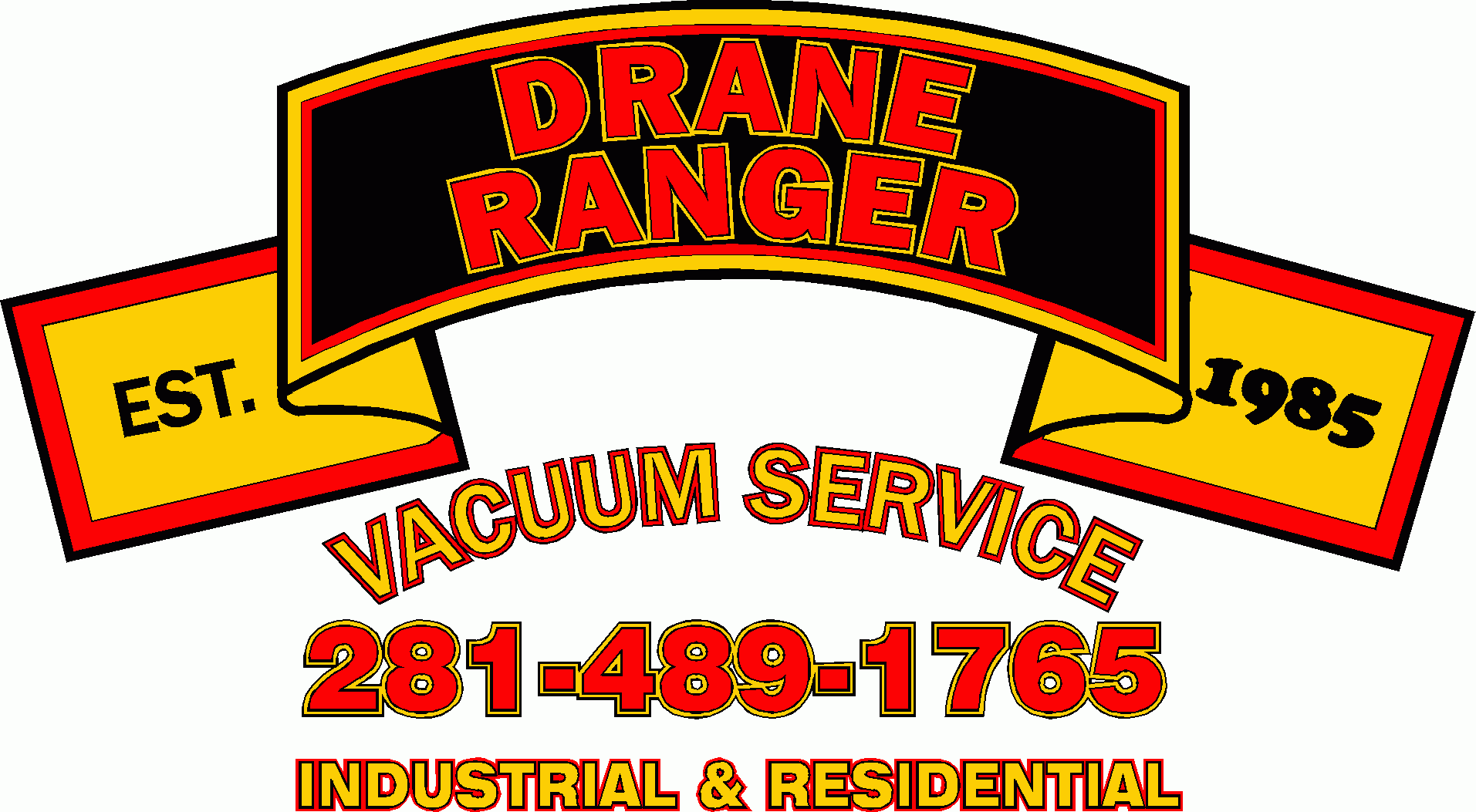The problem of oil and grease in wastewater is a growing concern for many industries. If left unchecked, oil and grease can have detrimental impacts on water quality, water bodies, and the environment itself. In this blog post, we will look at common sources of oil and grease pollution, as well as regulations that industries should follow to help prevent its spread into waterways. We’ll also explore some potential solutions for reducing the impact of oil and grease in wastewater, including contracting a professional wastewater services company like Drane Ranger.
Common Sources of Oil and Grease Pollution
Oil and grease pollution in wastewater typically comes from industrial processes. Some of the most common sources include:
- Leaking equipment, such as oil tanks and pipes.
- Improperly disposed of materials containing oil or grease, such as food scraps, fats, and oils.
- Runoff from paved surfaces, such as roads and parking lots.
- Boiler blowdown water from steam generation plants.
- Industrial process lines that use oil-based products or lubricants.
Regulations
In Texas, industries must follow certain regulations when it comes to oil and grease in wastewater. The Texas Commission on Environmental Quality (TCEQ) requires that all industrial facilities monitor their wastewater to ensure the amount of oil and grease does not exceed permitted levels. Additionally, industrial facilities are required to dispose of materials containing oil or grease in specified ways so as to not cause environmental damage. On a federal level, the U.S. Environmental Protection Agency (EPA) sets effluent limitations guidelines for industries that discharge wastewater into navigable waters.
Challenges of Reducing Oil and Grease Pollution in Wastewater
Reducing oil and grease pollution in wastewater is a difficult undertaking because it often requires costly changes to equipment or processes. In some cases, facilities have to invest in new technologies, such as oil/grease separators or biofilters, in order to reduce their pollution levels.
Proper disposal of materials containing oil or grease can also be challenging because many waste management services do not accept these types of materials. Wastewater must be regularly monitored for any increases in oil and grease levels so that problems can be caught and addressed quickly.
Solutions for Reducing Pollution in Wastewater
Industries can take a number of steps to reduce their impact on wastewater. For example, many facilities have adopted best management practices (BMPs) such as source control and process optimization to reduce pollutants in their wastewater. Additionally, more advanced technologies such as oil/grease separators and biofilters can be used to effectively minimize oil and grease levels.
It is also important for industries to properly dispose of materials containing oil or grease. This may involve finding alternative waste disposal methods or contracting with a service that specializes in disposing of these types of materials. Regular monitoring of wastewater is also essential in order to detect any problems that may arise.
General Wastewater Services
Reducing oil and grease pollution in wastewater is a significant challenge for many industries, but it is possible to achieve safe and acceptable levels with the help of best management practices, advanced technologies, proper disposal methods, and regular monitoring. If you are based in Texas and are looking for specialized wastewater services (https://draneranger.com/services), consider Drane Ranger – a specialist firm offering many services to meet your needs. By taking measures such as these, you can help ensure that your operations have minimal impact on local water supplies.
